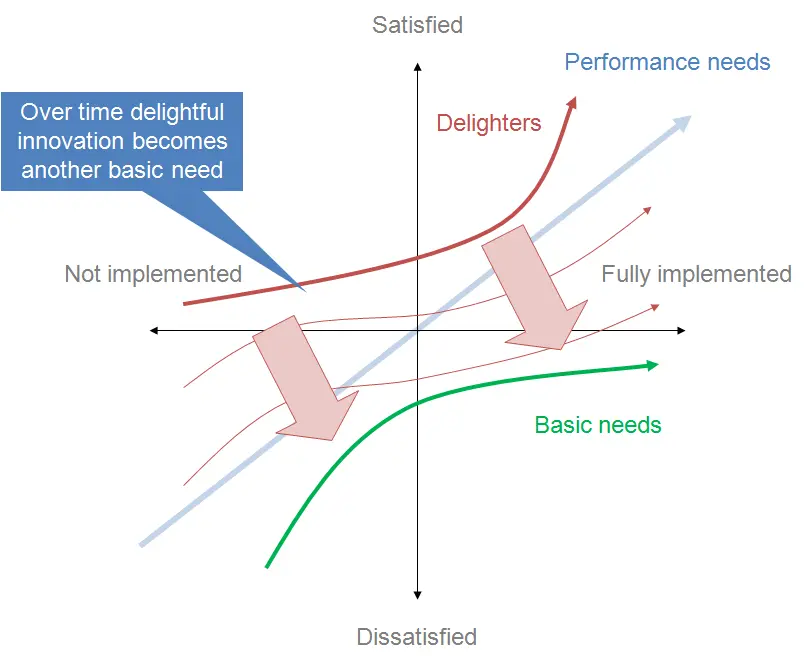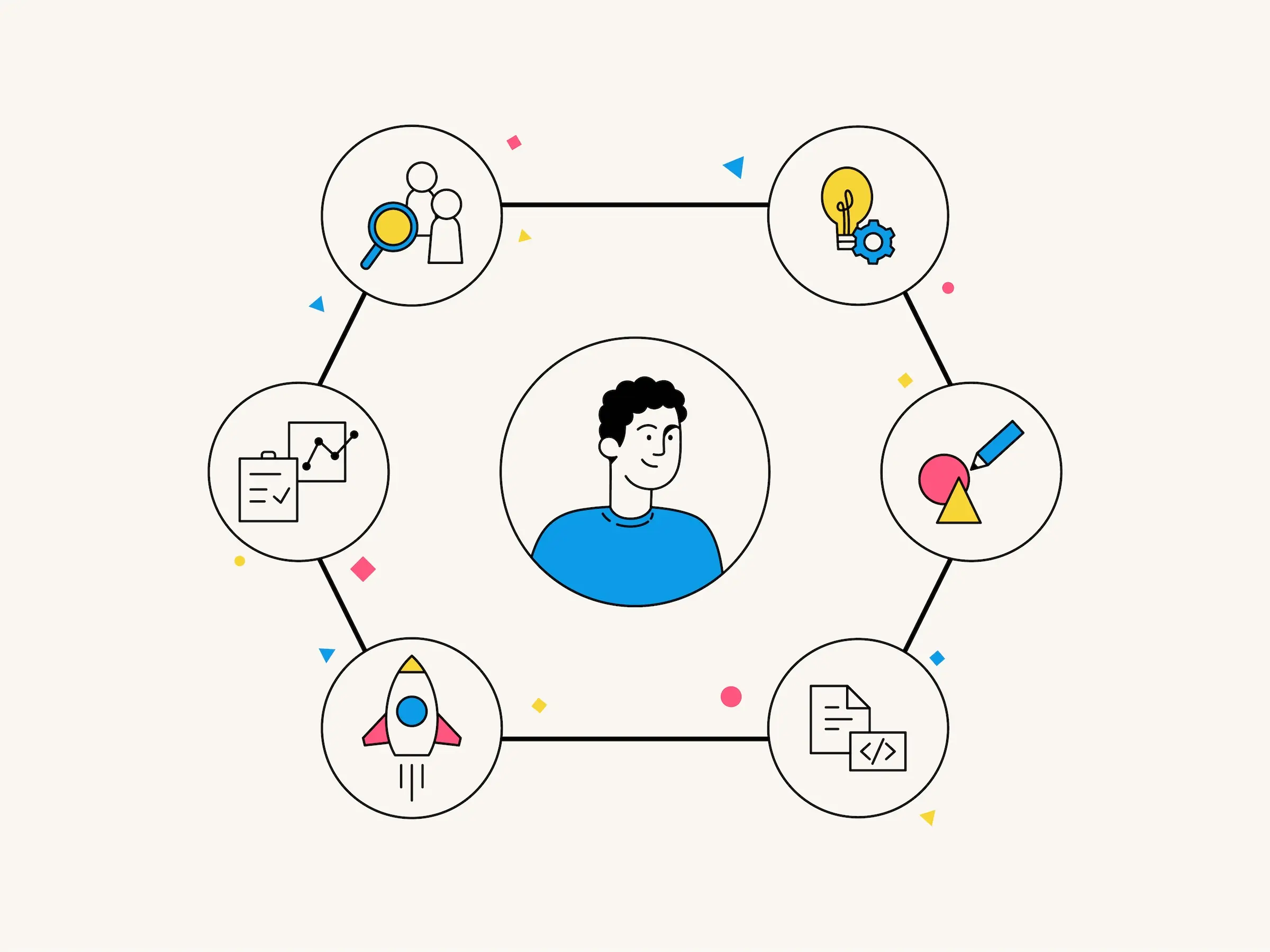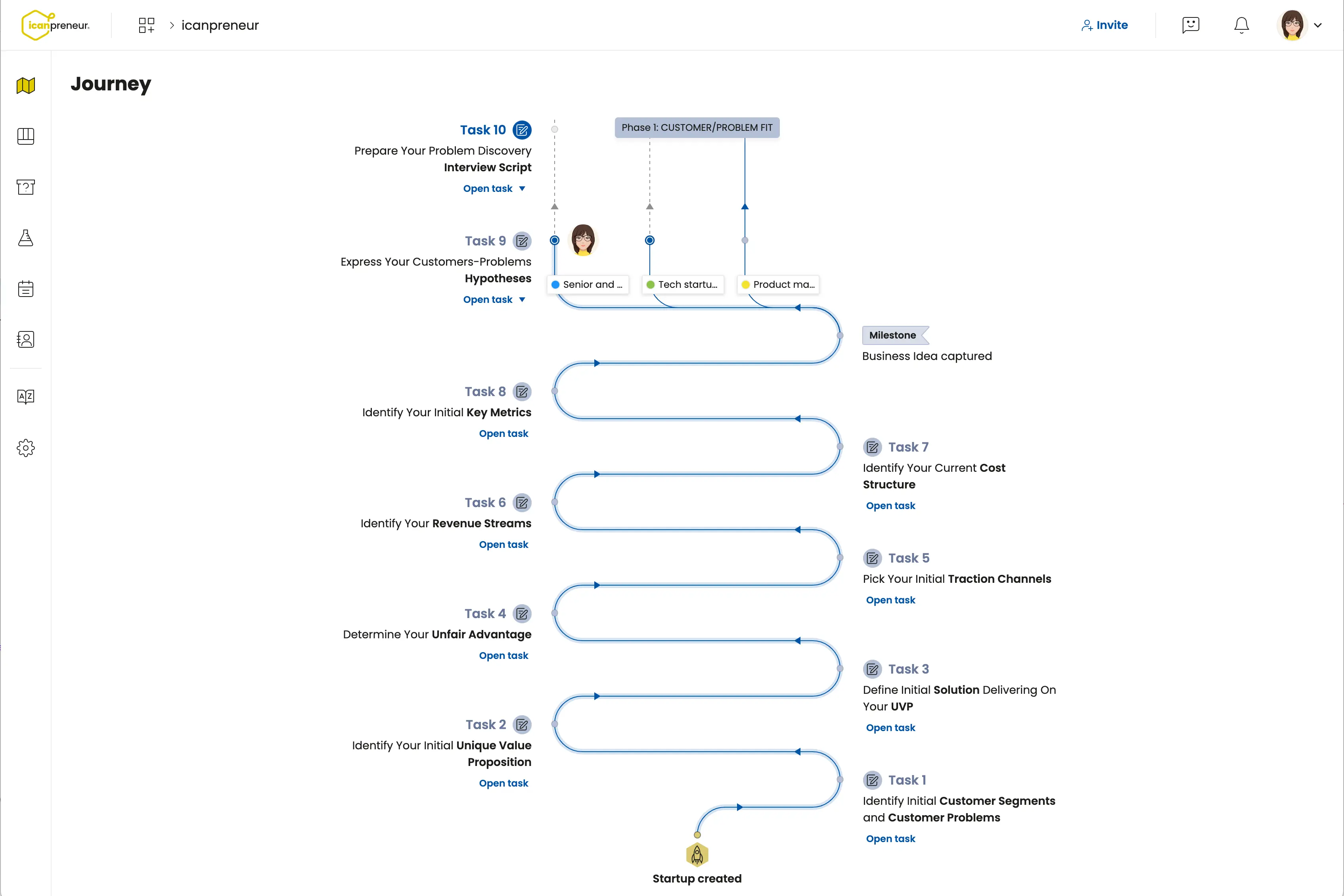What is Dynamically Continuous Innovation?
Aug 7, 2024 • 7 min read
Have you thought about what is the difference between companies that retain their market leadership for decades and others that ship disruptive products that never became the prevailing leaders? The answer is: dynamic continuous innovation.
In this article, we will get into details of:
- What is dynamic continuous innovation
- How it relates to other types of innovation
- Why this concept is important for your business
- How to initiate dynamic continuous innovation in your organization
But first, let’s start with the basics.
Dynamically continuous innovation is implementing small improvements that specifically target evolving customer needs, market trends, and technological advancements. It is a more agile and responsive variant of traditional continuous innovation.
We created a short video to give you the gist of it:
The Difference between Continuous Innovation and Dynamic Continuous Innovation
Dynamic continuous innovation is a subset of continuous innovation. Both focus on incremental improvements that aim to deliver better customer service and delightful user experience. However, dynamic continuous innovation focuses specifically on responding to evolving market and customer needs.
Continuous innovations might not necessarily change the market. It could provide “behind-the-scenes” improvements to existing products or processes that remain hidden from the customer. In contrast, continuous dynamic innovation increases the expected level of service.
Why Is Dynamically Continuous Innovation Important?
The product-market fit is a shifting target. Even after hitting it once, we must keep refining our approach to stay aligned with it. Several factors lead to this challenge.
Evolving Customer Needs
What once was considered a premium service soon became the expected norm. This is especially true when the product becomes the market leader. It’s now the measuring stick against which all other competitors are evaluated.
At the dawn of digital cameras, a 5MP sensor was considered cutting-edge. Now, even your smartphone has a times better sensor.
In other words, what is once considered a delighter by the Kano model later becomes a must-have. For a product, this means that it needs to continuously evolve to retain customer satisfaction.

source: wikimedia
Market Trends
Putting customer needs aside, competitors and technologies are also continuously increasing the expectations in a given market. The famous Moors’s Law dictates that the computing power doubles every two years.
Customers might not care much about this growth. However, you will soon be out of business if you cannot keep up with the evolving requirements of the other players in your market. This is especially true for commoditized markets such as computing chips.
Social and Cultural Shifts
Society's preferences and values change with time, which calls for better products. Gasoline cars once were modern and appealing. Nowadays, climate change and other factors have shifted customers’ preferences toward more sustainable alternatives.
These three factors, along with many others, play together and often overlap to contribute to the ever-increasing expectations of a product. Failing to conform to that motion leads to decaying products.
The history is full of cautionary tales:
- The Blackberry, once “the gadget” for business people, slipped into oblivion after the launch of the iPhone.
- Yahoo lost its status as a leading web portal offering email and search engines. It was displaced by Google, which continuously introduced better search and email services.
- Nokia lost its leadership position and later disappeared from the market, failing to transition to smartphones. Their move to abandon Symbian for Windows Phone OS was seen as too little, too late to save them. Eventually, they lost the battle to Android, which became the dominant competitor to iOS.
5 Ways to Introduce Dynamic Continuous Innovation
Implementing dynamic continuous innovation in your organization can vary based on the needs and the type of product you are building. We compiled a list of techniques and methodologies you can mix and match to find the combination that works for you.
Lean Startup Approach
The Lean Startup Approach focuses on creating an MVP to test and validate ideas with real users. The MVP might not be an actual product but a fog-and-mirrors test in which the product is simulated behind the scenes.
The Lean Startup approach bets on quick build-measure-learn cycles that help companies clarify the customer’s needs and improve the next product version based on these learnings.
User-Centered Design (UCD)

UCD is based on understanding the customer needs and preferences to create products that are intuitive and satisfying to use.
Techniques used in user-centered design include:
- user research,
- personas,
- rapid prototyping,
- usability testing.
In combination, these provide a holistic understanding of who you are building for and their needs.
Continuous Feedback Loops
Once the product is out, the ability to conduct 1:1 customer interviews with every customer decreases. However, it’s equally important to keep that stream of feedback coming to you to maintain the momentum of continuous improvement.
In that case, embedding feedback loops throughout the user journey with your product can be a powerful infrastructure for keeping in touch with your customers.
Such feedback loops might be:
- customer satisfaction surveys,
- in-product product feedback mechanisms,
- support channels.
Agile Development Methodologies
Understanding customer needs is great, but it's just a waste if there isn’t a quick mechanism for turning that understanding into value. Agile development methodologies like Scrum or Kanban can shape your product development process to turn product requirements into delivered value to customers quickly.
The benefits of agile development practices are:
- quick product iterations,
- minimal upfront requirements,
- learning from the users to create a better product.
The Icanpreneur Way
Icanpreneur’s mission is to create a better way towards entrepreneurship that significantly increases the chances of a product team to get to market success. To do that, Icanpreneur adapts frameworks into a guided journey. This helps startup founders and product leaders validate ideas and achieve product-market fit.
Icanpreneur achieves that by creating a streamlined process for:
- formulating a business idea,
- building hypotheses to test the underlying assumptions,
- conducting user research through customer interviews.
The goal is to validate the customer segment, problem, and unique value proposition.

Dynamically Continuous Innovation vs Discontinuous Innovation
Discontinuous Innovation involves introducing new products, services, and technologies that change existing norms and practices. Such innovations can potentially create new markets or severely disrupt existing markets.
Dynamic continuous innovations are not groundbreaking. They improve existing technologies and behavioral patterns, focusing on addressing emerging needs.
The impact of the two types of innovations is entirely different. While radical innovation introduces significant transformative changes, dynamic continuous innovations refer to incremental innovations.
Wrap-Up
Dynamic continuous innovation is a means for a company to protect its leading position and provide the time and resources to develop the next big thing. It’s an essential part of the innovation culture. It works in synchrony with disruptive innovation to ensure the company’s long-term success.
Author
Product @ Icanpreneur. Coursera instructor, Guest Lecturer @ Product School and Telerik Academy. Angel Investor. Product manager with deep experience in building innovative products from zero to millions of users.
